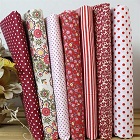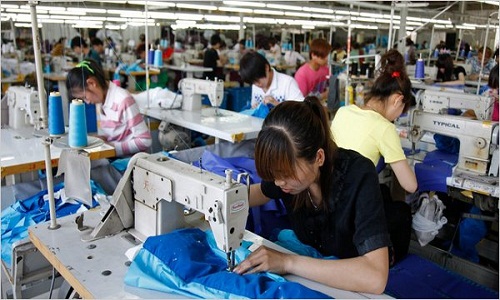"A well-known supplier of quality dyed and printed fabrics, and famous for ODM (Original Design Manufacturer) and OEM (Original Equipment Manufacturer) products, Hong Kong has had a special place in the global textile map. However, owing to economic uncertainties, the country seems to be losing focus. The surge in cost is one of the key deterrents in its growth trajectory as well as the emergence of other sourcing hubs such as Singapore, Dubai, Malaysia is another reason for reduction in Hong Kong’s direct significance."

A well-known supplier of quality dyed and printed fabrics, and famous for ODM (Original Design Manufacturer) and OEM (Original Equipment Manufacturer) products, Hong Kong has had a special place in the global textile map. However, owing to economic uncertainties, the country seems to be losing focus. The surge in cost is one of the key deterrents in its growth trajectory as well as the emergence of other sourcing hubs such as Singapore, Dubai, Malaysia is another reason for reduction in Hong Kong’s direct significance.

Hong Kong’s textiles industry is a major export earner, accounting for 2 per cent of the total exports in 2015. Hong Kong was the third largest textile exporters to the world in 2006, according to World Trade Organization (WTO) data it was eighth largest textile exporter to the world in 2015, and as per statista.com Hong Kong’s textiles industry is a major supplier to the local and global clothing industry. Hong Kong Trade Development Council (HKTDC) research says, producing textiles locally, manufacturers have an advantage in accommodating orders from local garment manufacturers at short notice. Meanwhile, a significant portion of textile exports is destined for use in Hong Kong companies’ offshore production of garments, especially on the Chinese mainland.
Traditional markets for textile export are the US, the EU and Japan but recently these countries have built direct supply chain with textiles exporters from developing countries, which has resulted in lesser competitiveness of Hong Kong manufacturers and its rising cost of business. An increasing number of Hong Kong textiles manufacturers have shifted base to Southeast Asian countries like Bangladesh, Cambodia and Vietnam to survive.
Exports stats
Hong Kong’s textile exports decreased 7 per cent in 2015. In the first four months of 2016, it further decreased by 13 per cent. Re-exports, accounting for more than 99 per cent of total textiles exports, registered a decline of 13 per cent, while domestic exports slid by 15 per cent. With 75 per cent of the textile re-exports originating from the Chinese mainland, Hong Kong’s re-exports of textiles of China origin decreased by 13 per cent in January-April 2016. Hong Kong’s total exports of clothing slid by 10 per cent in 2015 over the previous year and in the first four months of 2016 the decline was 12 per cent. In January-April 2016, Hong Kong’s domestic exports of clothing slumped by 41 per cent, while re-exports declined by 11 per cent. Product wise, Hong Kong’s exports of woven wear fell by 8 per cent in 2015, which further declined 12 per cent year-on-year in the first four months of 2016. Exports of knitted wear subsided by 13 per cent, whereas clothing accessories and other apparel articles declined by 15 per cent and 10 per cent, respectively.
FTAs and investment promotion
Hong Kong has been attempting to sign Investment Promotion and Protection Agreements (IPPAs) with foreign economies in order to enhance two-way investment flows and boost its economy. Hong Kong’s IPPAs give additional assurance to overseas investors that their investments in Hong Kong are protected, and enable Hong Kong investors to enjoy similar protection in respect of their investments overseas. To secure favourable conditions for exports of goods (including textile and clothing products) and services from Hong Kong to the Mainland and international markets, it aims to enter into more FTAs with their trading partners. Hong Kong prepared to explore the possibility of entering into FTAs with other economies, so long as they are in Hong Kong’s interests and are consistent with WTO rules.












